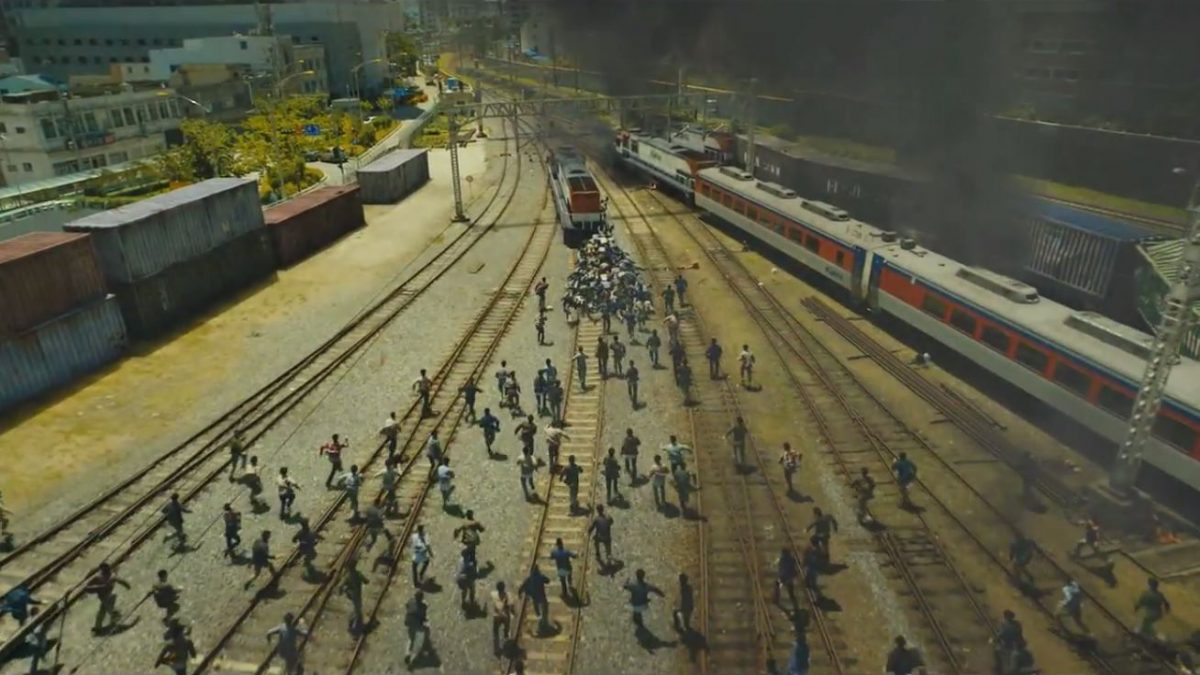
From this point on, there will be spoilers for Train to Busan, and minor spoilers for the Walking Dead.
What is considered scary is subjective, but it ultimately boils down to how controllable a story's situation is. A horde of zombies will instill more fear than a single zombie, because it is easy to overpower one zombie and almost impossible to overpower a horde. We are scared of situations we cannot control and that is reciprocated when we witness characters facing an uncontrollable evil. Characters are in constant danger in Train to Busan. Right from the first zombie attack, the train is apprehended in mere minutes, leaving only a fraction of the passengers. With only an unlockable sheet of glass dividing the survivors from their death, viewers have no idea what’ll happen next. There are several instances of false safety. When the train first stops and the survivors disembark, they reach the exit of the train station only to reveal that the troops stationed there are all dead. The survivors must run back into a zombie infested train in order to survive. With zombies everywhere and no safe place to go, we experience a constant state of anxiety and fear because we don’t know what is going to happen next.
The following clip contains blood and gore: viewer’s discretion is advised. https://www.youtube.com/watch?v=hur7k7qGV4s
The zombie outbreak in Train to Busan is completely overpowering and uncontrollable. These zombies turn quickly and are ready to kill. This is further emphasized by the sheer number of zombies shown in the film. From dozens on the train to thousands in outdoor scenes, they climb over each other, press into each with no regard for injuring themselves or others, just to eat someone. The visual of these monsters pressing against glass and contorting their mangled bodies to function is truly unbearable to watch. They are an unstoppable evil ready to kill the film’s characters at any moment.
This constant feeling of fear and lack of control cannot be managed through the span of a tv-show. Each season must experience a climax and a resolution. Where this format takes place in about 2 hours in a film, this takes about 12 hours in an average season. When a zombie story is given that much time, the zombies cannot be a constant fear. Characters in The Walking Dead hardly ever experience an uncontrollable situation. Either there are only a couple of zombies or a horde that can be overpowered by guns. They can either overpower the enemy or have an opportunity to escape. Since we can’t have all of our stories character’s die in a tv-show, the situations are written so they can either be fled from or overcome by the survivors. The fear that comes from witnessing uncontrollable situations is completely missing, thus the story simply isn’t scary.
https://www.youtube.com/watch?v=tKeJ34qjORQ
When there is a constant chaos around the characters, viewers can never know what happens next. In Train to Busan, we have inexperienced and unarmed characters who can easily die. Since there is only so much time a film has, with no expectation of the story continuing after the credits roll, the story can include as many character deaths as possible. Towards the end of the film, all of the survivors are in car 15, only a glass door between their death or their safety. Our main cast, now boiled down to 4 characters, has been placed in the baggage car (since fellow passenger’s fear of them being infected). There is implied safety, a chance to take a deep breath. But as the scene plays out, their fellow passengers are quickly eradicated. The threat is once again right in front of them. By the end of the film, our cast of 9 main characters (that are established at the hit of the outbreak) are down to 2. The characters that live (Su-an and Seong-kyeong) are also the least likely to survive (a child and a pregnant woman). The film ends in a way that was against audience expectations. The actions leading up to the end were extremely interesting and were the result of “the best we could do in the time we had.” Things turn out the way they do because characters did know what to do and did not have time to react.
When a media’s structure limits the time the story can be expressed, the tension and fear can be sustained in a meaningful and interesting way. When the story of a zombie apocalypse is limited to a 2 hour story structure, there is no time for the zombies to back off or slow down. There is also no need to keep characters alive for the sake of continuing the story. TV shows, especially The Walking Dead, have hundreds of hours to express their storyline,arcing over 10 seasons with no clear end in sight. With this long, seemingly never ending story, a scary/attention grabbing tension is just not sustainable. If you want to watch zombie media that gets your blood pumping, watch a zombie film (Train of Busan being one of the best).
Work Cited: Elliott, Matt. “How Much Time Will You Spend Binge Watching Your next TV Show?” CNET, CNET, 28 May 2014, www.cnet.com/how-to/find-out-how-much-time-youll-spend-on-your-next-binge-watch-show/.

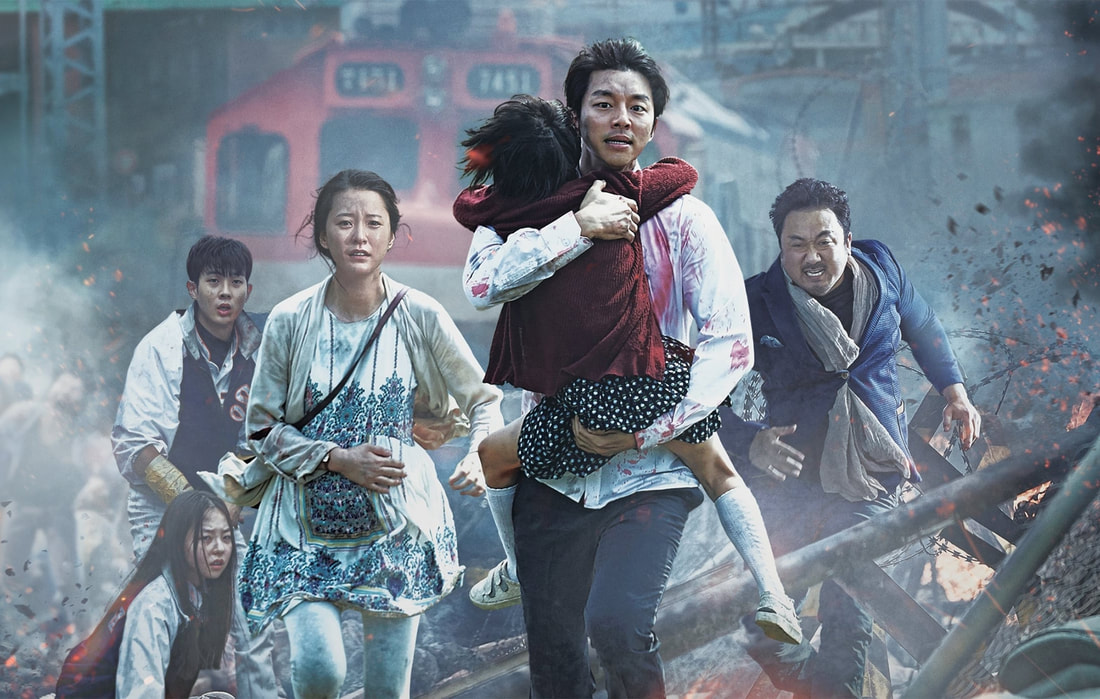
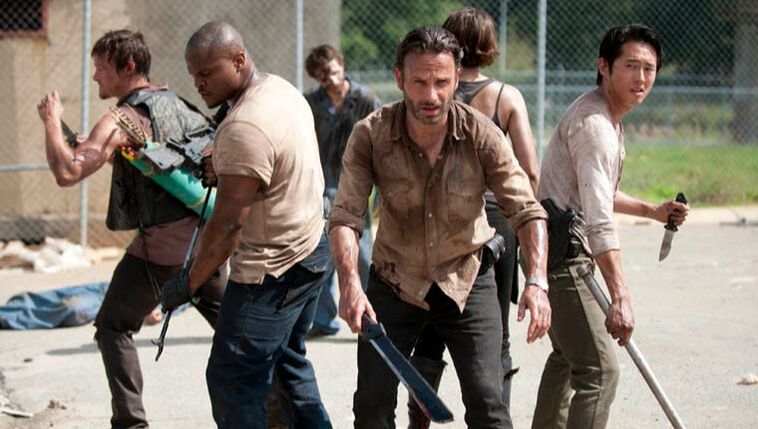
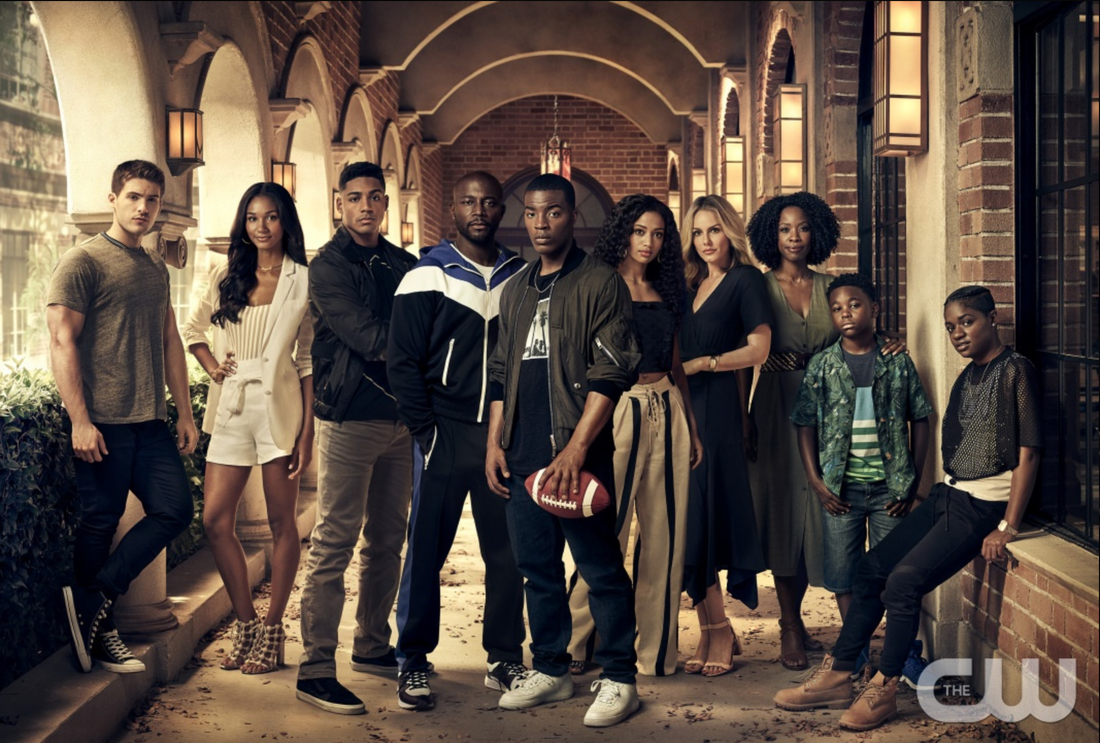
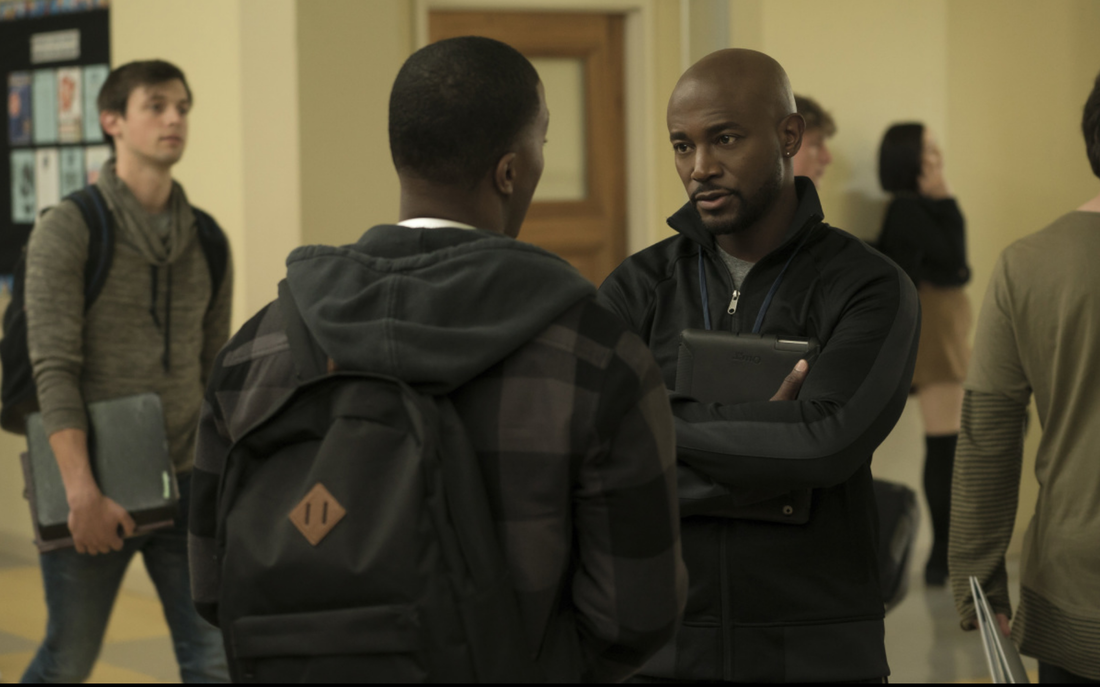

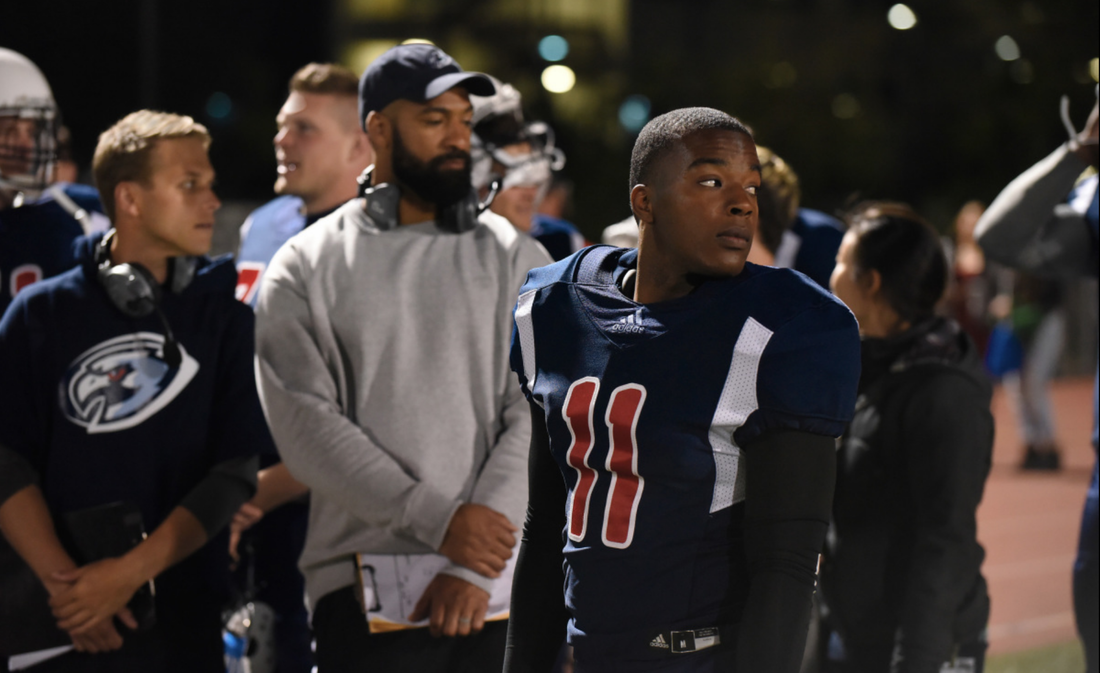


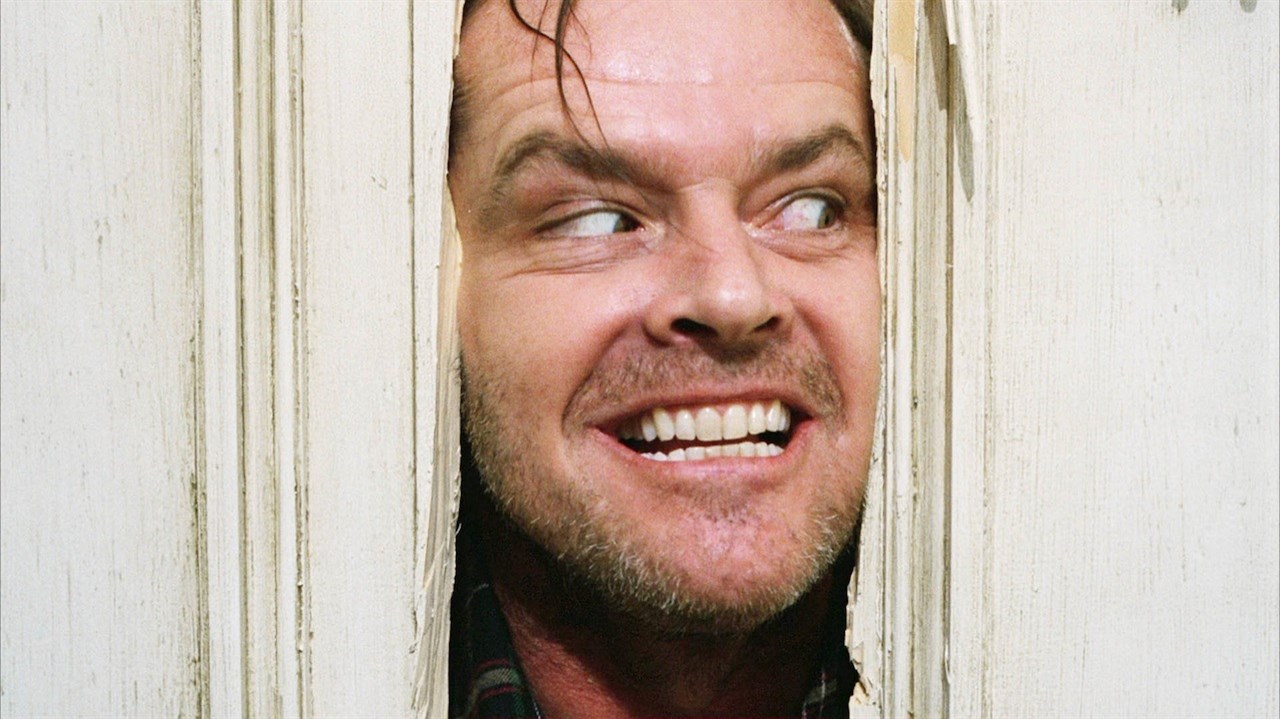
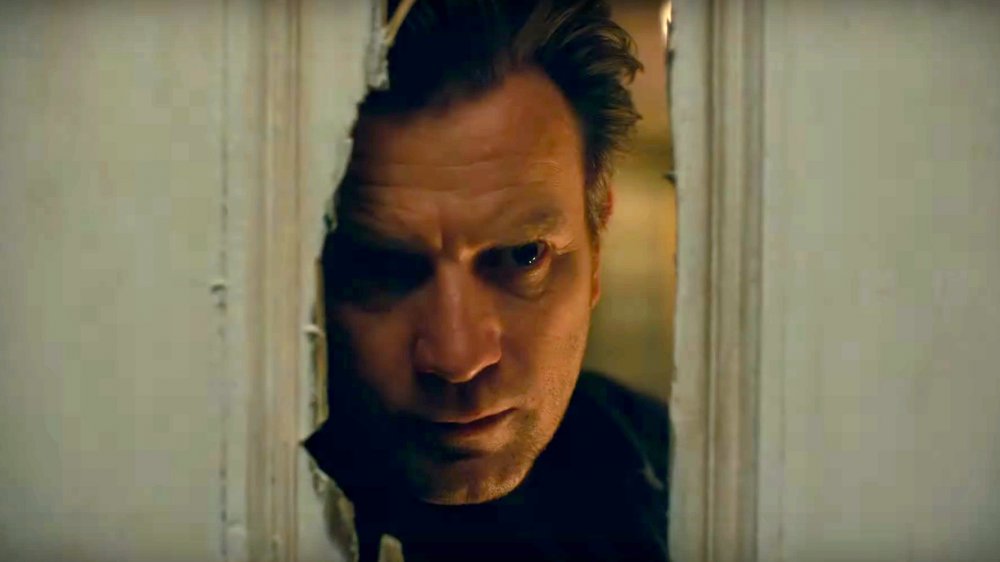
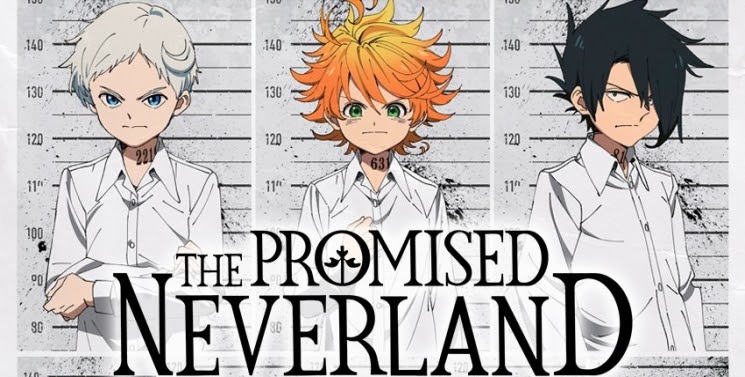
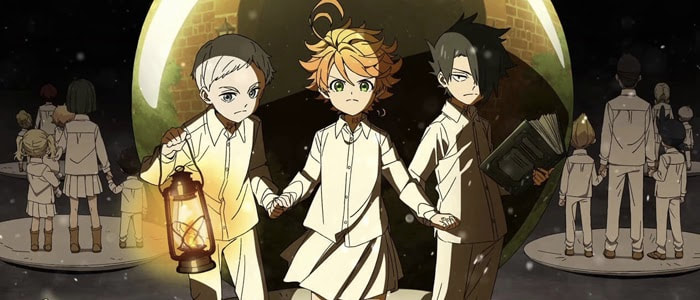
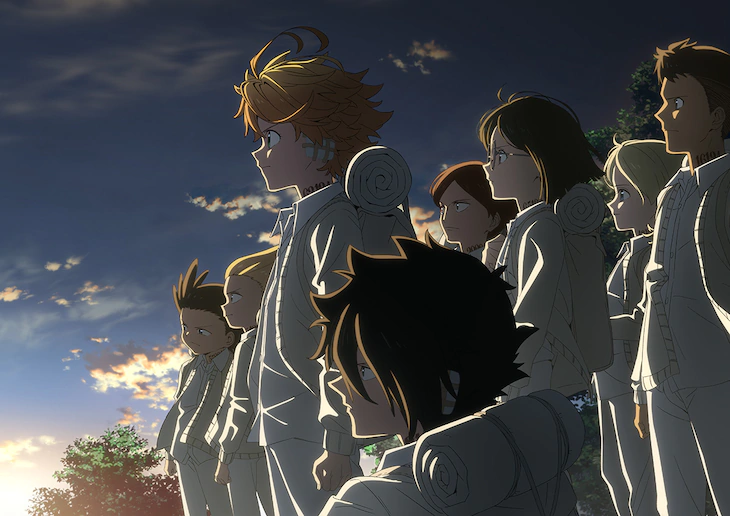
 RSS Feed
RSS Feed
